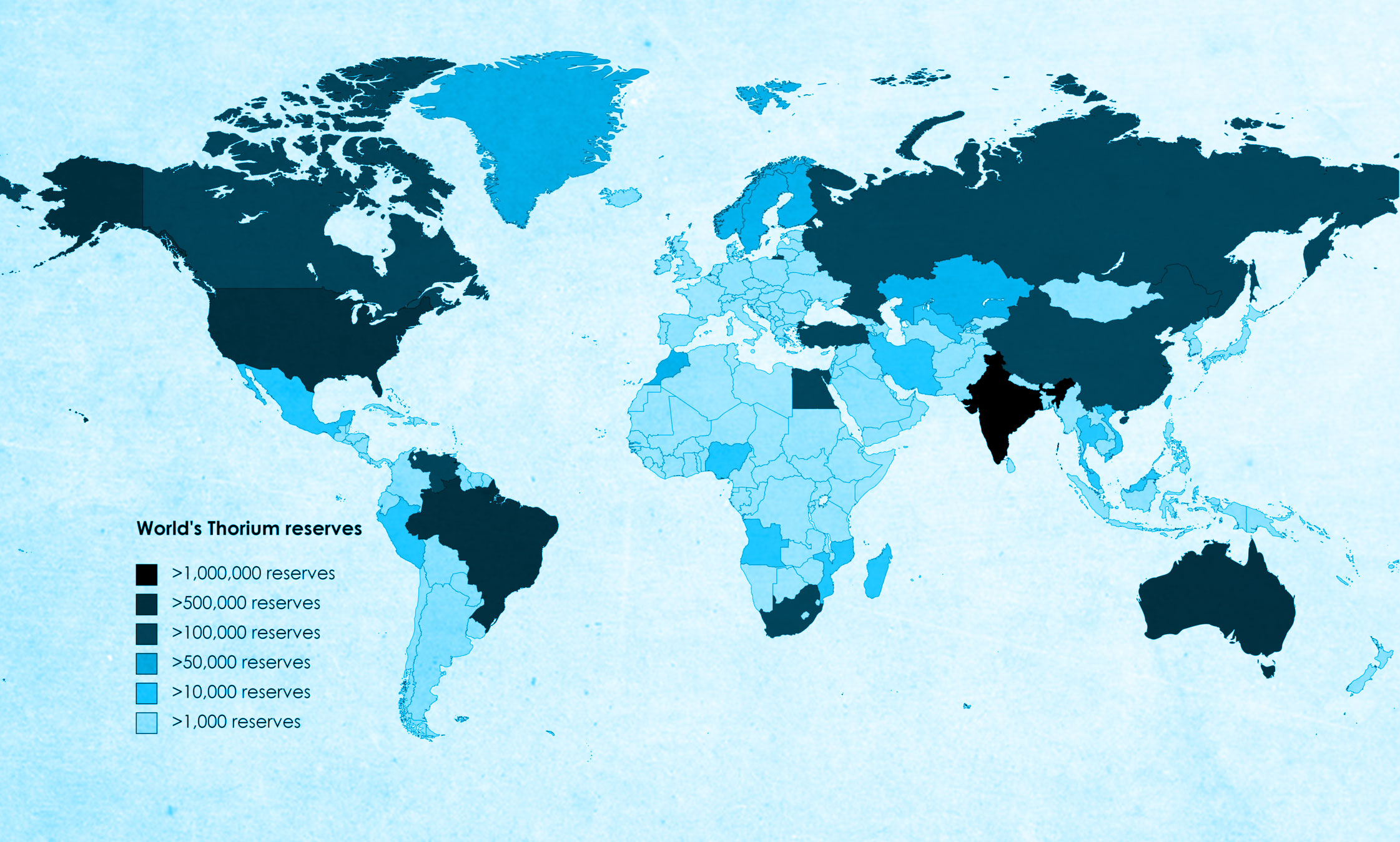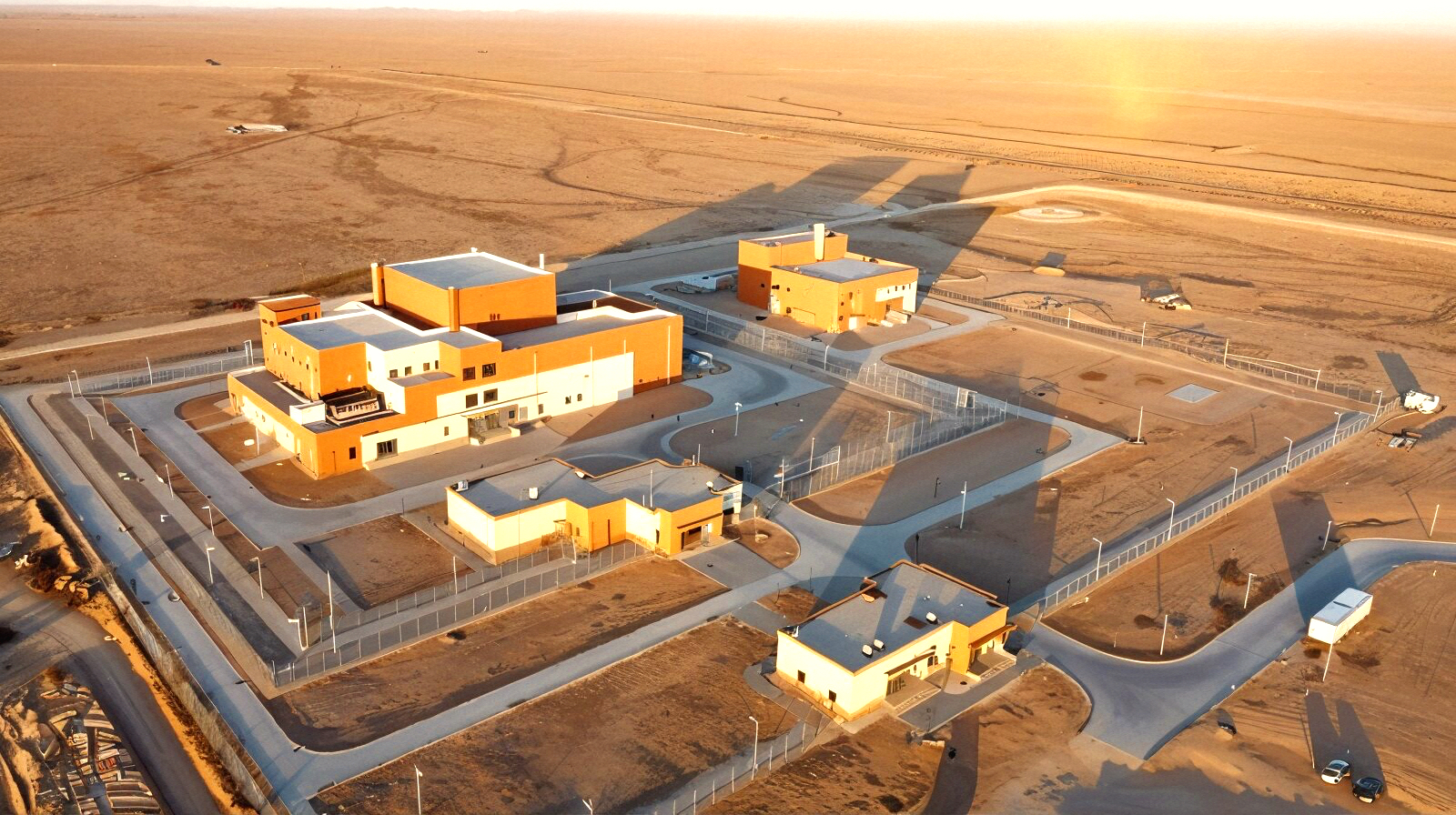by Everton Bonturim*
Recently published by Reuters, David Fogarty's article titled "Risk rises of power cuts in the coming Decades world warms" mentions the concern of the use of natural resources to supply and discharge of water used in cooling of nuclear reactors in the world. According to the text:
“In a study published on Monday, a team of European and U.S. scientists focused on projections of rising temperatures and lower river levels in summer and how these impacts would affect power plants dependent on river water for cooling.”
Talking about the problem of nuclear power plant, we know the core cooling of PWR (Pressurized Water Reactor) is water based. The PWR have a two-circuit cooling, a power plant can use ocean water for cooling your secondary circuit, as seen in the picture.
PWR scheme (Font. http://www.dbcp.gov.hk/eng/safety/plants.htm)
Normally, all PWR has a tertiary circuit that uses water from a natural source (river, lake or sea) to cool the secondary circuit, which has no direct contact with the water through the reactor core.
This concern can be thought of in the use of a new generation of nuclear reactors. Among several positive aspects, the Molten Salt Reactors (Liquide Fluoride Thorium Reactor - LFTR) are fed Thorium Element (Th232) and cooled with molten salt, eliminating the need for water use. This salt remains in a closed circuit, without contact with the environment, as seen in the picture.
LFTR Scheme (Font. http://thoriumforum.com/capitalizing-energy-scarcity-myth)
Knowing the importance of nuclear energy supply in the world, research into the use of this type of reactor can be an important alternative for maintaining the use of this energy source without affect or be affected by future climate change.
This study meets the quote extracted from the article published in Reuters, which says:
"Considering the increase in future electricity demand, there is a strong need for improved climate adaptation strategies in the thermoelectric power sector to assure future energy security,"
There is a future vision for energy development without nuclear power, which is already developed, that does not generate emissions and have great energy density. The world needs to look at the possibilities of energy generation as a way to supplement, not saving the world.
*BONTURIM, E. Chemist, Master in Nuclear Technology at University of São Paulo (USP), Brazil. E-mail: bonturim@yahoo.com.br






